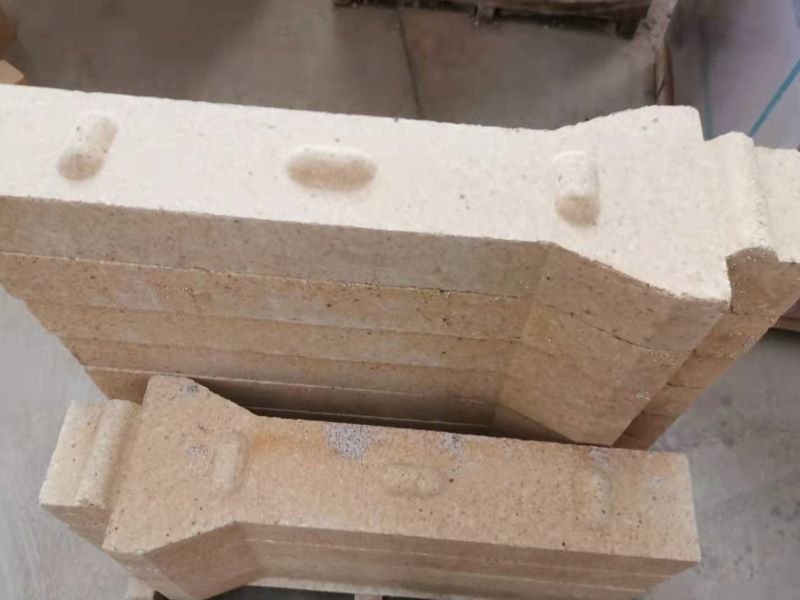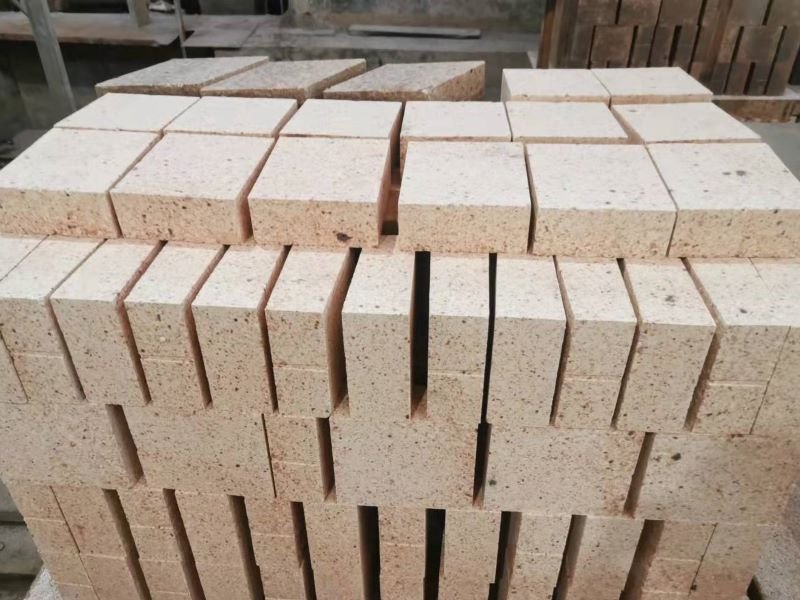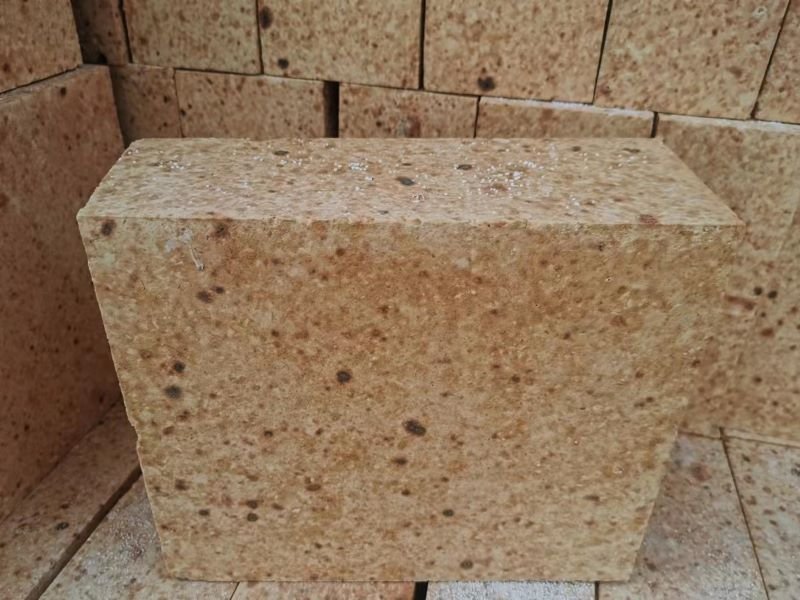Address
Building 1, Zone 1, Greenland Binhu International City, Zhengzhou, Henan, China
Work Hours
Monday to Friday: 9AM - 7PM
Weekend: 10AM - 6PM
Address
Building 1, Zone 1, Greenland Binhu International City, Zhengzhou, Henan, China
Work Hours
Monday to Friday: 9AM - 7PM
Weekend: 10AM - 6PM
Thermal shock is a serious issue during kiln operation. It not only severely impacts the kiln’s service life but can also lead to production halts and financial losses. So, how can this issue be effectively addressed? The answer may lie in a new refractory material: zirconia-mullite bricks.
Thermal shock refers to the phenomenon in which uneven thermal stresses within a material, caused by varying temperature gradients, can lead to cracking.
In high-temperature equipment such as kilns, rapid temperature fluctuations create large temperature differences between the surface and interior of the material, accelerating material aging and damage.
The impact of thermal shock on refractory bricks is particularly pronounced during the kiln’s frequent heating and cooling processes.
Zirconium-mullite bricks, a type of refractory brick primarily made from zirconium ore and mullite, offer exceptionally high resistance to high temperatures and thermal shock.

These exceptional properties have led to their widespread use in many high-temperature industries, particularly in the face of thermal shock challenges.
The molecular structure of zirconia-mullite bricks offers exceptional toughness, enabling them to withstand significant temperature fluctuations during rapid heating and cooling without cracking.
When exposed to the drastic temperature fluctuations found in kilns, they effectively alleviate thermal stress, preventing cracking and breaking.
Zirconium-mullite bricks offer excellent high-temperature resistance, capable of stable operation at temperatures up to 1700°C.

Even in extremely high-temperature environments, they maintain structural stability and resist deformation, significantly extending the life of the kiln.
Zirconia-mullite bricks offer strong resistance to acid and alkali corrosion. Even in corrosive, high-temperature environments, they effectively resist erosion, ensuring safe and stable operation of equipment.
Zirconia mullite bricks are widely used in kilns in the steel, glass, cement and other industries, especially in kiln areas that need to withstand rapid cooling and heating.
During the steelmaking process, furnace temperatures are extremely high and fluctuate dramatically. Zirconia-mullite bricks, with their superior thermal shock resistance and high-temperature stability, can effectively withstand the frequent temperature fluctuations during the smelting process, preventing furnace lining cracking caused by thermal shock.
Rapid cooling and heating are common during the glass melting process. Using zirconia-mullite bricks in melting furnaces can significantly extend the life of the refractory lining and reduce downtime for maintenance.

Cement production often faces rapid fluctuations in high temperature environments. The thermal shock resistance of zirconium-mullite bricks, particularly during the cooling phase, effectively prevents cooling water from damaging the kiln lining.
When selecting the right brick, it’s important to consider multiple indicators, including thermal shock resistance and high-temperature resistance.
Different industrial furnace environments place varying demands on refractory materials, so the appropriate brick type should be selected based on the specific environment.
In addition, selecting a refractory brick supplier with proven production processes and quality assurance is crucial.
In summary, the appropriate selection and application of zircon-mullite bricks can significantly enhance a kiln’s thermal shock resistance, extend the lifespan of the equipment, and provide greater stability for industrial production.
When faced with the challenges of rapid cooling and heating, zircon-mullite bricks are undoubtedly the ideal solution.